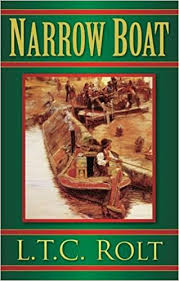Now that my gin is bottled, I’ve been putting in some time sketching passages 301-400 of Steam Highwayman III: The Reeking Metropolis. Like with the two previous volumes, I began by laying down a web of interlinked location passages. This portion represents the east central portion of the map: Bethnal Green, Shadwell, Whitechapel and Shoreditch.
There is so much to write here in an alternate, steamed-up East End. Body-snatching, sweat shops, front-room industry, the London Docks… and the slums.

My usual map of recourse has an interesting gap just here: take a look. And hereby hangs a tale.
In 1896, a now-forgotten novelist called Arthur Morrison published an angry and brutally honest story called A Child of the Jago, set in a fictional slum based very closely on streets immediately adjacent to Old Nichol Street in Shoreditch. It follows the fortunes of Dicky Perrott, who scrapes through childhood and into a criminal survivalism that seemed unbelievable to polite readers of the day. This was at the end of the Victorian period, when the bad old days were meant to have been left behind. But they hadn’t been.

The text is available online and it makes tough reading. I don’t find it over sentimental or graphic – just frank. Morrison was trying to rub his reader’s noses in the reality of desperate poverty just streets away from their own lives, much in the way that we see independent documentary makers nowadays. But one result is that it really prevents me from being too sentimental or simplistic about the depiction of the poor in my own gamebook. There’s no way I can do justice to those realities in the little passages I use, but at least I hope to avoid cartoon poverty.

If you go looking online, you may find that there is a Covent Garden tailor that uses the name of Morrison’s book, which I find really quite distasteful, as I don’t think a romanticisation of the criminal dandies implicit in the clothing on sale is at all helpful. Or you may find one of the little maps that show the location of the Old Nichol. It was located on one edition of Booth’s Poverty Map, but by the publication of the more widely available edition, the Old Nichol had been cleared and replaced with social housing… that the original inhabitants could not afford, displacing them to other slums and destroying what community they had. Plus ca change, eh?

One more little detail: do you notice the thick red lines on the left? Shoreditch High Street. Up the top, St Leonard’s Church, whose bells say ‘When I grow rich…’ in the East End rhyme Oranges and Lemons. That’s a interesting place in itself, as the burial place of Shakespeare’s business partner and fellow actor, Richard Burbage. But you might recognise it as St Saviour’s from Rev, in which Tom Hollander did his best to minister to a desperately poor inner-city parish.

Shoreditch is entirely different nowadays, though, isn’t it? Hipsters and hamburgers and cold-press coffee and cycle shops. Well, to be honest, I think there’s still a lot of hidden needs and poverty in Shoreditch. It’s enough to make me wonder what the unseen, spiritual dimension is behind all of these stories. There’s something desperate there.




















